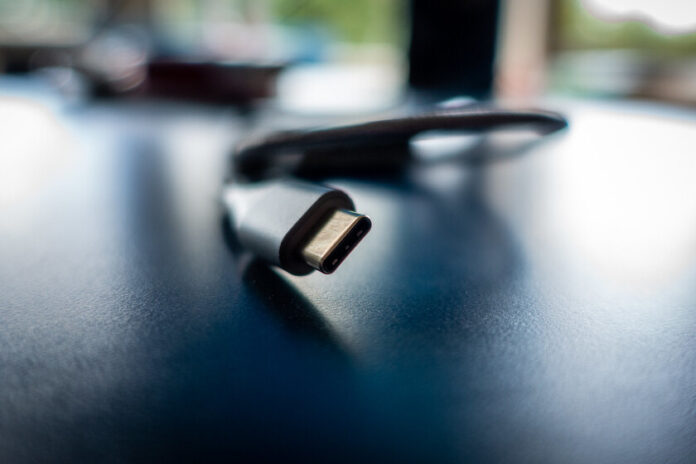It has been more than a decade since we heard the first proposal from Europe to approve a single charger. In 2009, from EuroXlivewe published this article under the title ‘MicroUSB will be the only one with which we will charge our mobiles’. In it we talked about an agreement between the European Commission and a few phone manufacturers to use a single connector.
The truth is that standardization came roughly, but all. After all this kind, even the USB standard has changed. Fortunately, it seems that the European institutions are still quite aware of this objective and today we have seen a new approval by the European Parliament. Here we tell you where we are and what else is missing to make it a reality.
This story of the single charger already sounds familiar to me. In 2014 it was already proposed to reduce from 30 different chargers to “mainly three”. The underlying idea was to try to reduce electronic waste and ensure that consumers did not have to buy a different charger with each new device. An idea that has many supports, but that is taking forever to approve.
Six years later, at the beginning of 2020, the European Parliament voted in favor of “imposing a single connector to be able to recharge our mobile devices”. Why didn’t that lead to something real? Basically because it was a first phase.
Too many phases. Once approved by Parliament, it was time for the European Commission to work on legislation to make the universal charger mandatory. That came during the third quarter of 2020. That September, the European Commission carried out legislation, with the aim that the new law would be a reality in mid-2024.
What does the bill say?. What does the single charger really mean? Well, the European Parliament established its favorable position last April and has now decided to approve the Commission’s legislation without making any amendments. The green light has been given for the Commission to continue its negotiations and to present a definitive text.
By the beginning of 2023 it will be definitively approved. As explained by the European Parliament, a phase is now entering that can last between 8 and 12 months, where the final details on what this law will be like will be established. It is expected that by the end of 2022 the Commission will present the final text, one in which they are already working, and that by the beginning of 2023 it will return to Parliament to be approved. At the same time, the Council of Europe should also approve the text in early 2023.
But it won’t be until 2025 when it goes into action. Once the Regulation is approved, there will be a period of entry into force, foreseeably of two years. If it is approved at the beginning of 2023 and the two-year term that we already saw with the RGPD is repeated, we would go until 2025 for the entry into application of this Regulation.
In other words, if everything goes according to plan, at the beginning of 2023 the final text will be approved and in a period of about two years, the single charger will be mandatory. It will be for those years where Apple has to decide between going to court to fight against this law or face possible sanctions for not adding, for example, USB-C on iPhones.
Wireless charging also in the spotlight. Once the issue of the single charger is “solved”, MEPs want the European Commission to present its strategy by the end of 2026 so that “any new charging solution is compatible with other manufacturers”. Once that point is reached, an equivalent process will start that we hope will not be so long.













